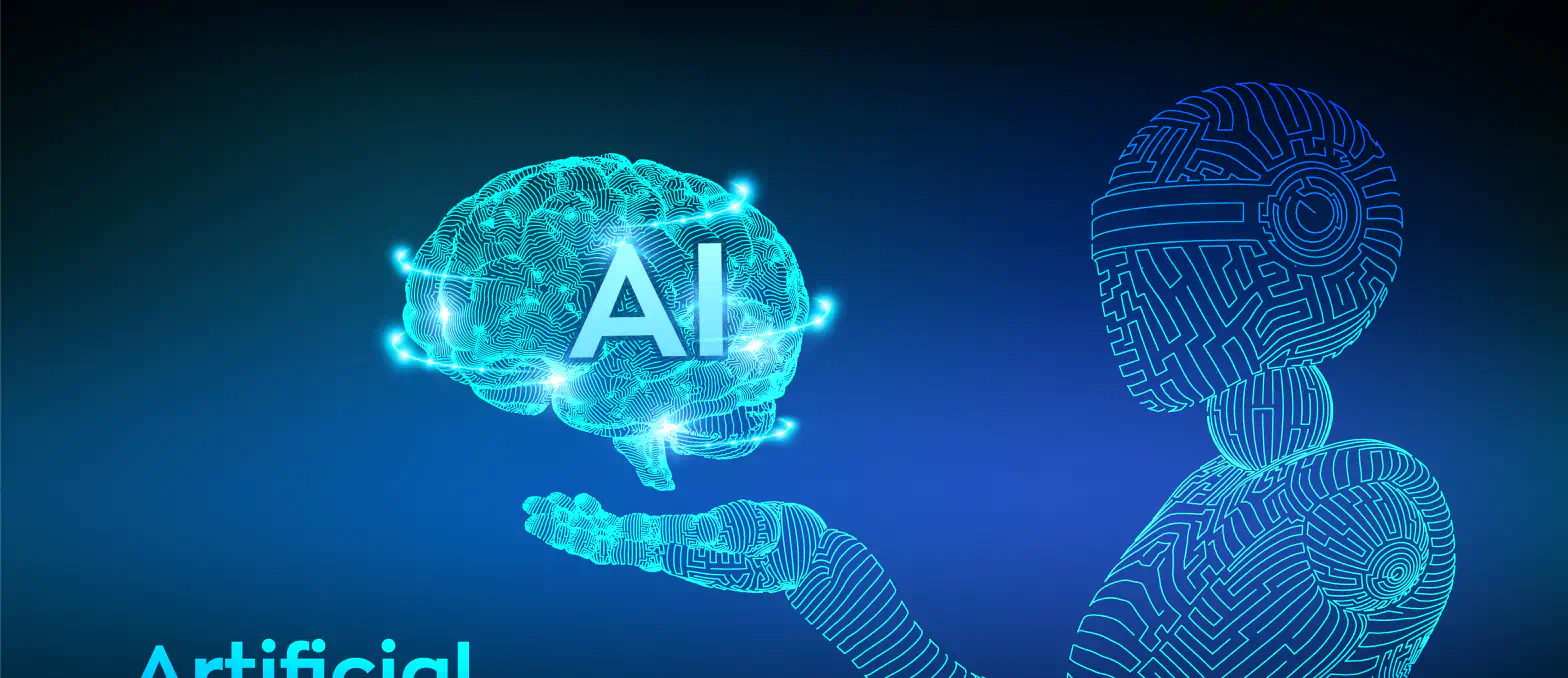Table of Contents
As an entrepreneur, you want to connect and expand your business globally. However, you would begin locally and then as your service or product becomes successful, you would reach a global audience. Outreaching an audience worldwide with the thought that they would accept your product or custom software development service requires multiple key considerations for instance – location, their problems (will your product or service solve their problem, and language. Yes! language translation is one of the major aspects for companies to overcome. In this blog post, let’s take a look at how a translation management system can help multinational corporations and learn about its potential to streamline their operations.
This concern is not just for entrepreneurs, even multinationals have to deal with it. Multinational corporations are already linked globally with their branches in different countries. They too must deal with a complex task: managing content across various languages and cultures. Tools, such as TMS can be an effective solution to this problem to ensure language does not become an obstacle for global operations.
Understanding What Managing Translation is!
Managing translation goes beyond simply converting text from one language to another. It’s the entire process of coordinating and overseeing the translation of content, ensuring accuracy, consistency, and efficiency.
The translation involves defining the project scope, target audience, and budget, preparing the content, and timeline. Managing translation involves effective communication and collaboration with translators throughout the project.
Leveraging Translation Management Systems (TMS) and Computer-Assisted Translation (CAT) tools can streamline workflows, automate repetitive tasks, and ensure consistency. With rigorous review processes translated content becomes accurate, grammatically correct, and culturally appropriate for the target audience. Once translations are finalized, they need to be delivered in the desired format and potentially localized to account for regional nuances.
Components & Stages of Translation Management System
The road from your source content to a perfectly translated masterpiece involves a series of steps. This organized sequence is called the translation management workflow, ensuring a smooth and efficient process.
Here’s a breakdown of the key stages:
1. Initiation & Preparation
- Project Definition: This stage outlines the project scope, target language(s), budget, and timeline.
- Content Preparation: Formatting the source content, creating glossaries, and defining style guides lay the groundwork for accurate translation.
2. Vendor Selection & Collaboration
- Finding the Right Translators: Identifying qualified translators with expertise in the subject matter and language pair is crucial.
- Communication & Collaboration: Clear communication with translators throughout the project ensures they understand your vision and target audience.
3. Translation & Technology
- Translation Process: Translators leverage their expertise and potentially CAT tools (Computer-Assisted Translation) to convert the content into the target language(s).
- Technology Integration: Translation Management Systems (TMS) can streamline workflows, manage translation memory (reusing past translations), and ensure consistency.
4. Quality Assurance (QA)
- Review & Editing: Rigorous review processes involve both human editors and potentially machine-assisted tools to ensure accuracy, grammar, and cultural appropriateness.
- Client Feedback & Iteration: Incorporating client feedback and making necessary revisions is crucial before finalizing the translations.
5. Delivery & Localization
- Format & Delivery: Providing the translated content in the desired format (e.g., website integration) is the final step.
- Localisation (Optional): For some projects, adapting the content to specific regional nuances (e.g., currency, humour) might be necessary.
Components
Further, let’s understand the components of the translation management system. Here’s a breakdown:
Technical View: Machine Translation (MT) System Components
- Source Text Analysis: This module breaks down the source language text into its grammatical components (words, phrases, sentence structure).
- Transfer Module: This core component utilizes algorithms and statistical models to map the source language elements to their equivalents in the target language.
- Target Text Generation: The system generates the translated text in the target language, attempting to maintain the meaning and style of the source content.
- Evaluation & Refinement: MT systems often incorporate evaluation modules to assess translation quality and refine results over time. Human post-editing is often necessary for high-quality translations.
Benefits of Integrating Translation Management System
Streamlined Workflow Management
Translation management systems automate the translation process, reducing manual work and errors. Global companies gain from this automation as each content—be it for advertising, legal papers, or assisting customers—goes through an efficient method of translating, reviewing, and publishing.
With this systematic approach, companies can eliminate unnecessary steps and improve productivity. It lets project managers monitor progress, assign tasks, and adhere to deadlines without needing constant supervision. With this type of automation, companies can ensure smooth operations, especially when they work worldwide. It helps them keep things consistent in different languages and also makes meeting rules easy. When a translation management system does these important tasks automatically, teams can focus their efforts on strategic initiatives that promote growth and improve competitive edge in various markets.
Enhanced Quality and Consistency
With a TMS, companies can ensure high-quality and consistent translations for all forms of corporate communication by using translation memory and glossaries to maintain accurate terminology. This approach not only strengthens brand recognition but also guarantees message uniformity in different languages, keeping the brand’s integrity intact while building trust with global customers. Companies stay competitive in different markets by practicing clear and unified communication consistently.
Furthermore, with systematic use of translation memories and glossaries in a TMS, companies can effectively manage terminology and style choices. This ensures that translated content meets the required industry norms and regulatory demands across diverse markets. With careful adherence to quality standards, companies increase customer satisfaction while also reducing the chances for mistakes or misunderstandings in important communications.
Cost Efficiency and Budget Management
Implementing a TMS significantly reduces costs by automating the translation process and minimizing reliance on external services. Corporations can allocate resources more strategically, focusing on key initiatives rather than operational inefficiencies.
By automating translation tasks and minimizing external service dependencies, TMS implementation drives substantial cost savings and enables strategic resource allocation, empowering corporations to prioritize core initiatives and improve financial efficiency.
Improved Collaboration Across Teams
A TMS enhances collaboration among global teams by providing tools for real-time updates and shared access to essential resources. Team members worldwide can access current documents, offer immediate feedback, and make necessary adjustments swiftly.
These collaboration tools are indispensable for projects requiring input from stakeholders across regions, facilitating an efficient and effective workflow that fosters innovation and accelerates project timelines. Facilitating real-time updates and seamless resource access, a TMS cultivates a collaborative environment across global teams, driving innovation and expediting project timelines for enhanced operational efficiency.
Faster Time-to-Market
A TMS greatly shortens the time needed for marketing products and services globally by making workflows more efficient and improving teamwork. This system speeds up translations, allowing your business to start campaigns in many markets at once, giving you an advantage over competitors.
You can react fast to market needs and update content across different regions instantly, maintaining relevance and connection with the worldwide market. Using a TMS not only makes time-to-market faster but also improves flexibility in reacting to market conditions, promoting a proactive approach to global market strategies.
Scalability and Flexibility
As companies expand, their content requirements become more intricate. A TMS scales and adapts to these growing demands without compromising on performance or quality. Whether it involves adding new languages, managing diverse document types, or integrating with other enterprise content management software, a TMS provides the necessary flexibility to meet the evolving needs of a global business.
This scalability ensures that companies can enter new markets with greater ease and efficiency, highlighting the TMS as an indispensable tool for global expansion. Investing in a TMS is essential for corporations aiming to maintain operational efficiency and effectively manage increasing complexities in global content management through scalable solutions that evolve alongside business growth.
We know translation systems play a pivotal role in breaking language barriers. But with diverse industries and communication needs, different translation specialisations emerge. Let’s look into the 5 most common types of translations used by different industries.
Types of Translation Management System
Technical Translation: Precision reigns supreme. Technical translators handle user manuals, guides, engineering documents, and scientific papers. They ensure accuracy and clarity for specialized audiences, from engineers to researchers.
Legal Translation: The legal realm demands meticulous attention to detail. Legal translators navigate contracts, legal documents, and court transcripts. Every nuance must be conveyed accurately to uphold legal integrity, ensuring contracts and agreements are enforceable across borders.
Medical Translation: Accuracy can be a matter of life or death. Medical translators deal with medical records, patient instructions, and research papers. Clear communication for healthcare professionals and patients is paramount in this field.
Business & Financial Translation: From contracts to marketing materials, business communication needs a global touch. Business and financial translators handle presentations, reports, and marketing materials. They ensure cultural relevance, fostering successful business interactions in international markets.
Literary Translation: The art of capturing the essence of a story in another language. Literary translators breathe life into novels, poems, and scripts. They strive to preserve the beauty, emotions, and nuances of the original work for a new audience, ensuring the story’s impact transcends languages.
Other Types of Translations
Beyond the most common translation types, there’s a diverse world of specialized translations catering to specific industries or content formats. Here are some additional translation categories you might encounter:
Website Localization: This goes beyond simple translation, adapting a website to a specific region’s culture, currency, and user preferences. Mobile app localization might involve adjusting layouts, images, and references for optimal user experience in the target market.
Software Localization: Similar to website localization, software localization adapts software interfaces, menus, and error messages for a particular language and region. This ensures user-friendliness and avoids cultural misunderstandings.
Marketing & Advertising Translation: Marketing materials and advertisements need to resonate with the target audience. Marketing translators ensure cultural relevance, adapt slogans and puns for local markets, and maintain the brand’s messaging while captivating the target audience.
E-learning Localization: Educational materials and online courses often require translation and cultural adaptation to cater to a global audience. Education e-Learning solutions ensure clear communication and avoids potential biases in educational content.
Government & Non-Profit Translation: Government documents, legal tenders, and non-profit app development need accurate translation to ensure clear communication with international audiences. Translators in this field might require expertise in specific legal or social domains.
Gaming Localization: Video games thrive on immersive experiences. Game localization adapts dialogue, menus, and cultural references for a specific region, ensuring players understand the storyline and enjoy the gameplay fully.
Remember, this is not an exhaustive list. The need for translation extends to various fields, and new specializations might emerge as communication needs evolve. The key takeaway is that for any specialized content or industry, there’s likely a translation service tailored to meet those specific requirements.
Final Thoughts: Empowering Global Communication
In conclusion, utilizing a translation management system provides significant advantages for multinational corporations across various operational aspects. A TMS enhances operational efficiency, ensures consistent brand messaging, and speeds up market responses, making it a strategic investment in the global marketplace. For corporations looking to not just compete but lead on the international stage, investing in a TMS is imperative. Looking ahead, the pathway to successful global communication and business expansion involves sophisticated translation management technologies.






